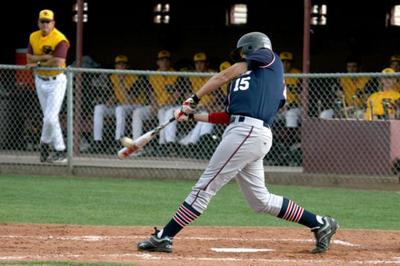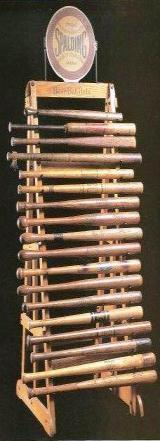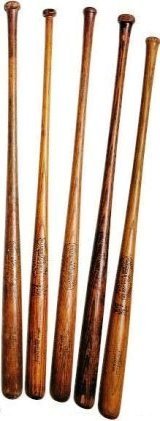Plate approach
by Nathan
(Poplar Bluff)

Nathan asked: What is the best way to teach a "middle to opposite" hitting approach?
Rick answered: Nathan, thank you for your question.
I don't know what the best way is to teach a middle to opposite approach to hitting; but here is what we attempt to do with our teams.
We start by explaining why this approach will help them be more successful hitters, if they approach each at bat looking for a ball in the middle of the plate.
With their focus there, it is a shorter path to handle pitches on the outer half of the plate. Statistically, they will see more pitches middle, and middle away than they will see inside.
Our experience at the high school level, many pitchers are reluctant to throw inside. More often than not, if a hitter gets a pitch inside to hit, it is a mistake.
When those occur, if you are looking middle, you still can get to the inside pitch.
If you are looking middle or away, it tends to keep your front shoulder closed, which is always a good thing.
Any time players go to the plate with a plan for that at bat, their success rate is bound to go up.
You can refine it down a little more by having them look over the middle of the plate and up in the strike zone. It is easier to adjust down and you don't have as far to adjust if the pitch is outside or inside.
In practice we provide opportunities to work on this approach every day.
We use a four group station rotation, where one group is in the cages and on the tees, two groups shagging live BP, and one group hitting live BP.
We hit every day, live on the field is generally four rounds of eight swings per:
round 1 oppo
round 2 middle
round 3 pull
round 4 oppo
The process certainly hinges on getting the kids to buy into letting the ball travel and get deep. Generally hard for younger kids to do.
Once they start to let that happen, they begin to start hitting the ball harder the opposite way and feeling more comfortable. If they keep their front shoulder closed, it goes a long way to keep from rolling over those outside pitches into groundball outs.
The picture above is one of our former players. He was a freshman at this point, playing on the varsity. This shot captured his first live varsity homerun in real time. The ball went out in right center.
While he hit the ball out in front of the plate, he was set up towards the front of the box, so in relation to his body position, he had let it travel.
Our players have had success with this. The big step is getting them to see why it is essential to have a plan for each and every at bat, and provide them with the opportunities to work on that plan every day.
No easy answers for sure. From Little League to MLB, as you watch games you see numerous at bats that you can tell there was no plan when they stepped in the box. The end result is usually a disaster.
The best in the world struggle with this, so it is no wonder that young kids do.
We try not to get too mechanical with them, attempt to earn their buy in to the plan and provide them with a ton of opportunities to work on it.
Good luck as you go forward.
Yours in baseball,
Rick
Click here to post comments
Join in and write your own page! It's easy to do. How? Simply click here to return to Ask The Baseball Coach.
|





